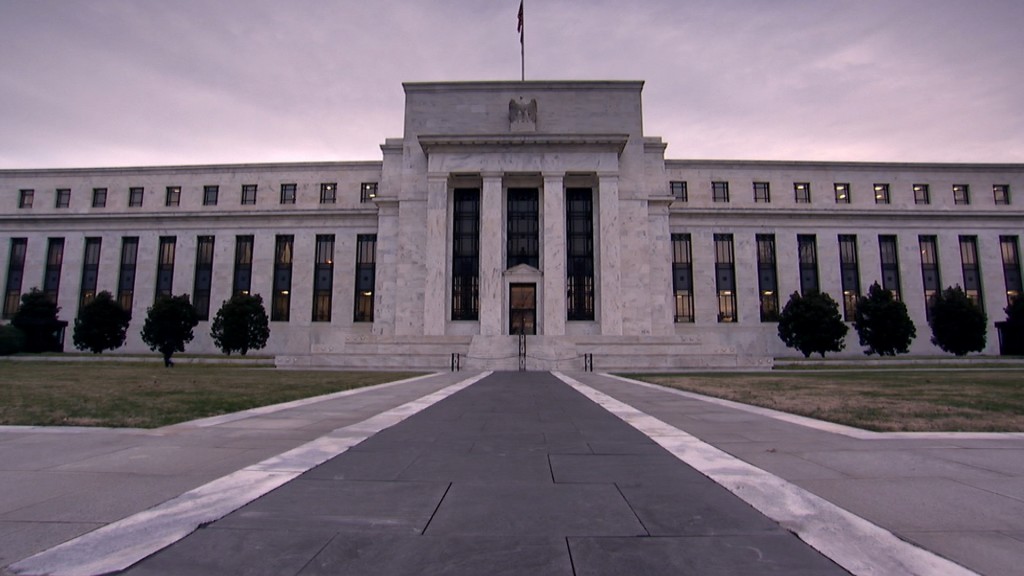Small Banks Under Pressure From New Capital Requirements

June 8, 2012
Share
In a potential strain on many of the nation’s smallest lenders, the Federal Reserve will seek to hold U.S. banks to a new capital standard that more than triples the amount they must currently set aside to guard against losses.
The proposal, which Fed governors approved Thursday by a 7-0 vote, would bring each of the nation’s more than 7,000 banks into compliance with international finance standards known as Basel III. The rules would require banks to maintain a 7 percent capital cushion relative to the value of their total assets — up from standards that can currently run as low as 2 percent.
“Capital is important to banking organizations and the financial system because it acts as a financial cushion to absorb a firm’s losses, while reducing the incentive for firms to take excessive risks,” Federal Reserve Chairman Ben Bernanke said in a statement. “With these proposed revisions to our capital rules, banking organizations’ capital requirements should better reflect their risk profiles, improving the resilience of the U.S. banking system in times of stress, thus contributing to the overall health of the U.S. economy.”
The Basel rules are designed to make the global financial system more resilient to potential shocks, but because many smaller banks have relatively limited exposure to international markets, many in the industry believed the Fed would hold them to a lower bar.
In order to meet the new requirements, small and mid-sized banks will need to raise approximately $10 billion by the time the rules would take affect in 2019, Fed officials told MarketWatch. By comparison, the largest 19 U.S. banks have a capital shortfall of $50 billion, the same officials said.
The Fed’s vote comes as smaller banks continue to adjust to dwindling profits. Lenders with $1 billion or less have seen their share of industry assets fall to 10 percent from 31 percent since 1992, according to data from the Federal Deposit Insurance Corporation.
Much of that decline can be attributed to the shrinking share of smaller lenders within the overall industry. In the wake of the financial crisis, the bulk of the government’s $700 billion Troubled Asset Relief Program went to aid larger institutions, leaving many smaller banks vulnerable. As Nobel Prize-winning economist Joseph Stiglitz told FRONTLINE earlier this year:
By focusing on the big banks and not on the little ones, hundreds of these little banks have gone bankrupt. Hundreds more are in a precarious position. Lending is constrained, and inevitably that’s going to impair the recovery of the American economy.
Chris Cole of the Independent Community Bankers of America, or ICBA, echoed that point. Cole, a senior vice president and senior regulatory counsel, said the ICBA was “disappointed” in the Fed’s proposal. Small lenders will be able to comply, Cole said, but he warned that the costs of higher capital standards, together with new mortgage guidelines that are also part of Basel III, would ultimately fall on consumers.
“We’re concerned that the community banks will just get out of mortgages completely,” Cole said. “The ramifications for that is that consumers will have fewer choices.”
The FDIC and the Office of the Comptroller of the Currency must next approve the Basel III rules before they can take effect. Both agencies are scheduled to consider the proposals next week. If approved, the rules will then be made available for public comment before regulators hold final votes.

Related Documentaries
Latest Documentaries
Related Stories
Related Stories
Policies
Teacher Center
Funding for FRONTLINE is provided through the support of PBS viewers and by the Corporation for Public Broadcasting. Additional funding is provided by the Abrams Foundation; Park Foundation; the John D. and Catherine T. MacArthur Foundation; and the FRONTLINE Journalism Fund with major support from Jon and Jo Ann Hagler on behalf of the Jon L. Hagler Foundation, and additional support from Koo and Patricia Yuen. FRONTLINE is a registered trademark of WGBH Educational Foundation. Web Site Copyright ©1995-2025 WGBH Educational Foundation. PBS is a 501(c)(3) not-for-profit organization.



















